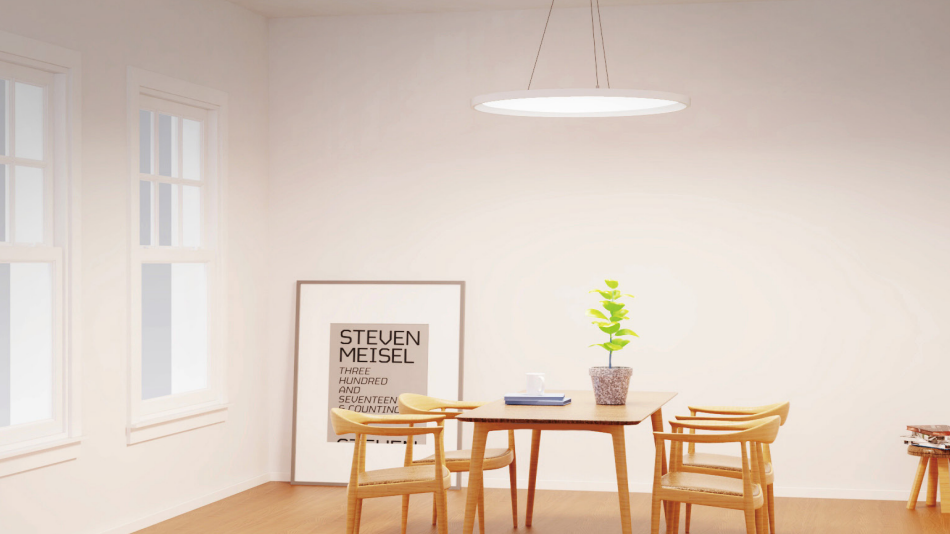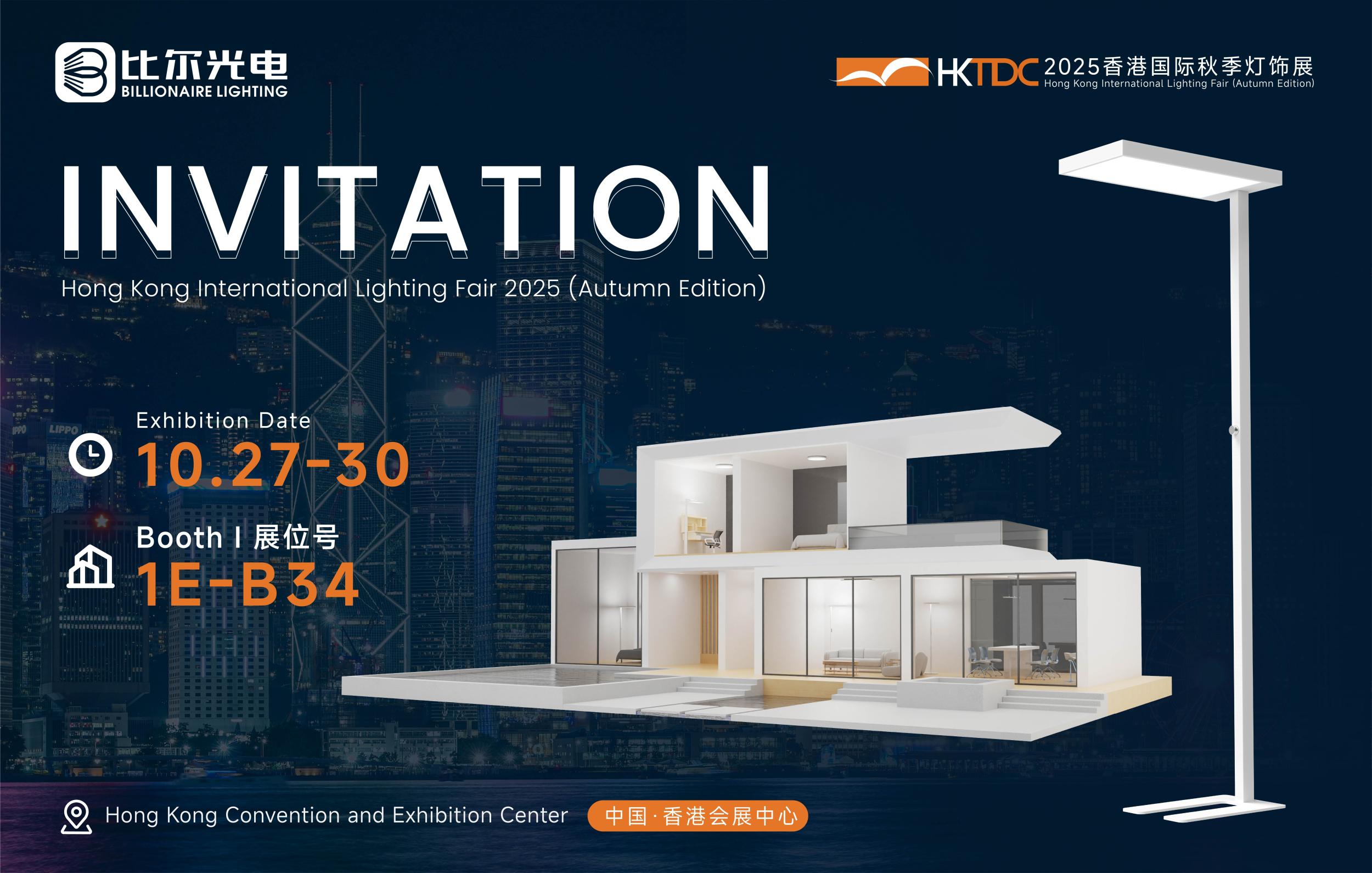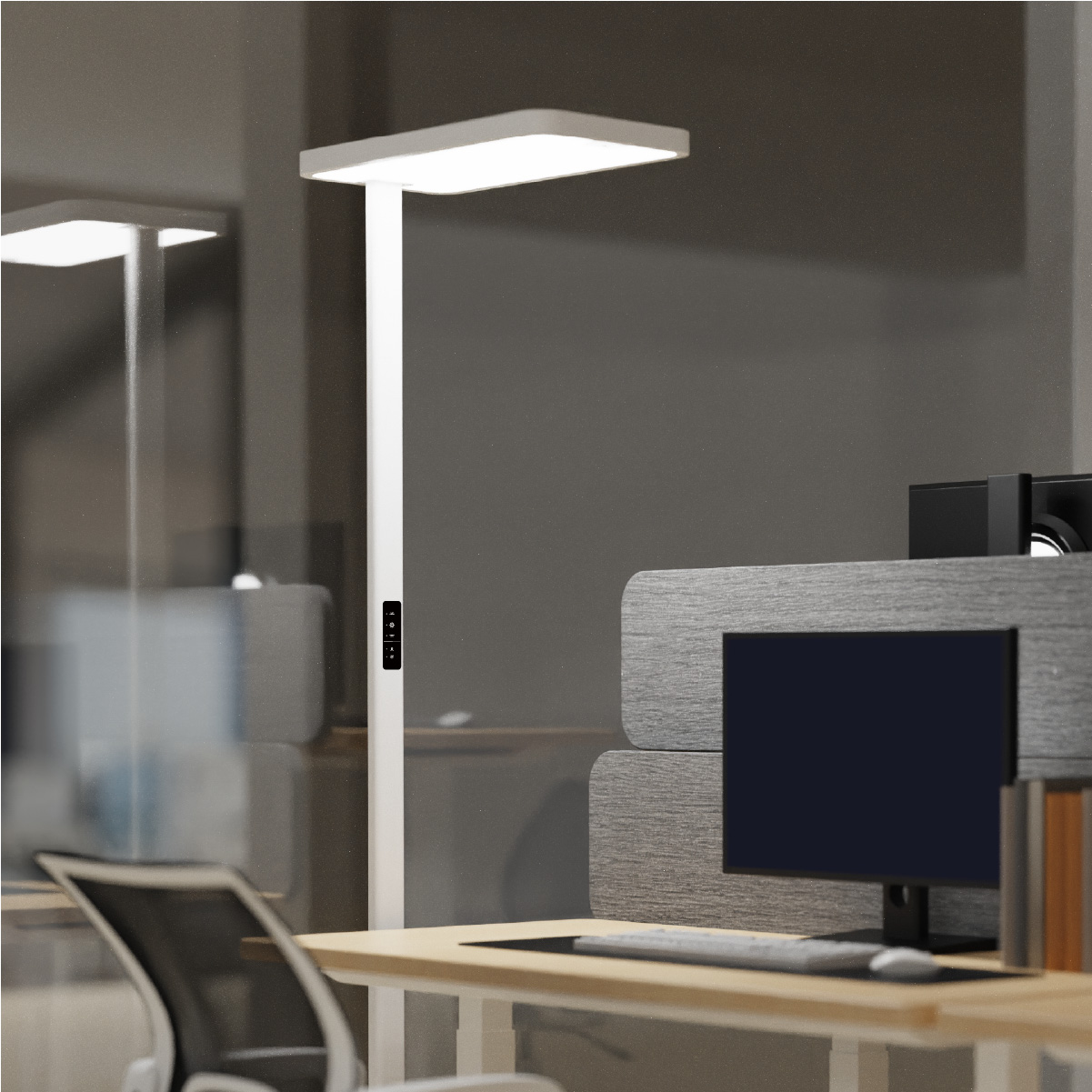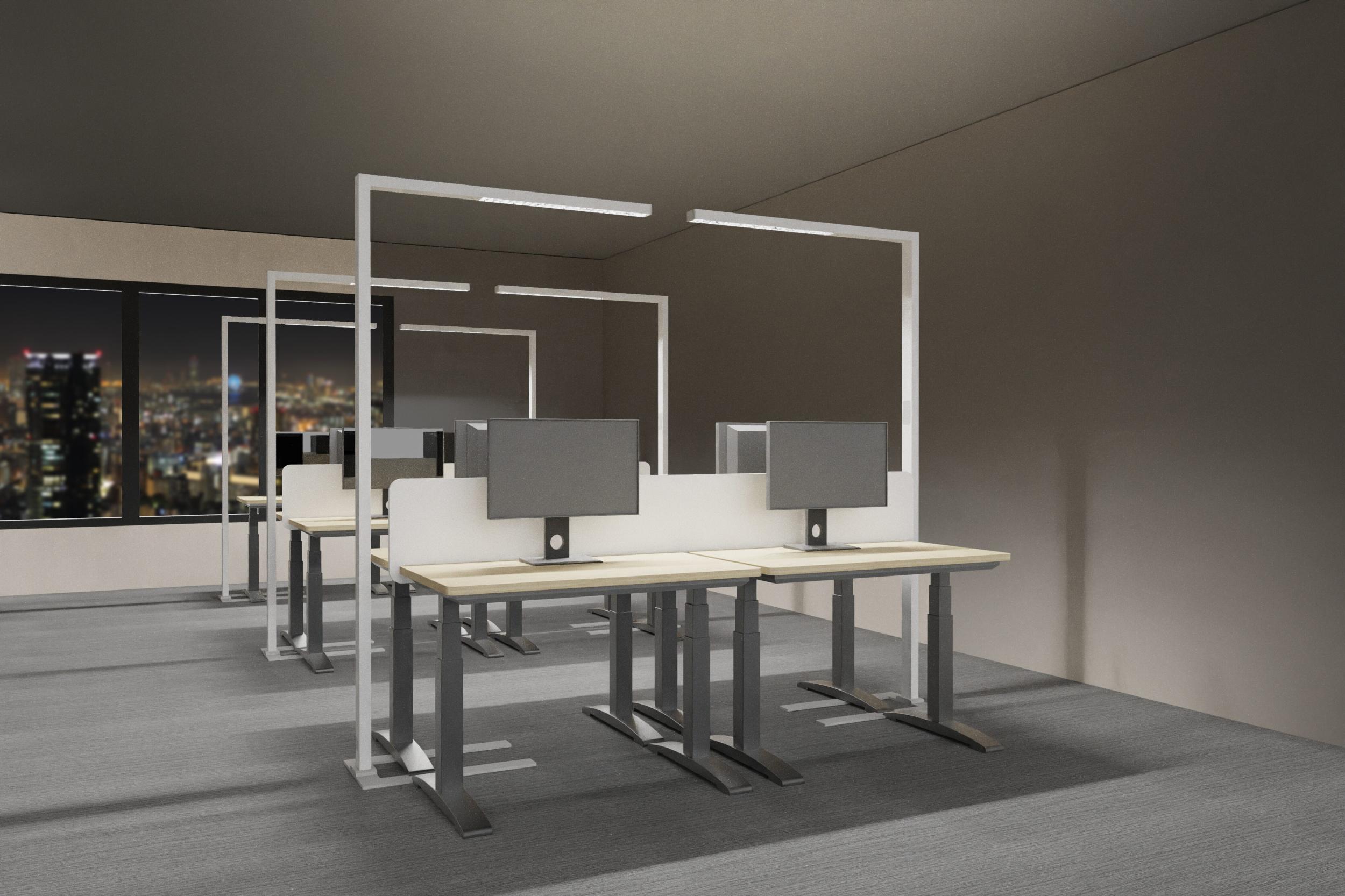LED lighting solutions are on the rise. There are more LED products and alternatives available on the market already than there ever have been for traditional incandescent and compact fluorescent (CFL), energy efficient bulbs.
While some LED products might just look like any other light bulb or fluorescent tube, the variety of products, new terminology introduced by the lighting industry and the fact that LED’s are a different technology from what we have been used to for decades can make the switch to LED lighting quite challenging.
Why make the change to LED?
Besides being much more energy efficient than incandescent and CFL options, thus able to provide significant energy savings, they last much longer, don’t contain Mercury like CFL’s and provide a lot more options for brightness and light appearance (warm vs. cool).
In addition, LED’s don’t only come in a traditional light bulb shape. Due to their compact shape, LED lighting solutions come in all forms, shapes and sizes, providing an almost unlimited amount of ways light can be used and added to a home environment.
When buying traditional incandescent light bulbs, all we needed to pay attention to was the bulb shape, wattage which indicated the brightness of the bulb and the screw base size to make sure it fits into the lamp.
When using LED’s it is important to understand three concepts
After all, LED products are still more expensive than comparable incandescent products and they will be a much longer lasting appliance, so we want to make sure we are buying the right product for the job.

Brightness:
First off, we have to let go of the misconception that wattage equals brightness. While for incandescent bulbs wattage and brightness had a direct correlation, this is not true for LED products and since LED’s consume much less power (Watts), it’s impossible to compare brightness of an incandescent and an LED bulb based on wattage.
So the only factor to pay attention to when looking for brightness of an LED light is Lumens. Lumen is the unit of measure for brightness and tells us how much light a particular lighting product emits.
For reference, a typical incandescent 60 W bulb emits approximately 800 lumens.
Light Appearance:
The color appearance or correlated color temperature (CCT) of light is measured in kelvin (K). When we want to know if a lighting fixture or bulb creates a warmer or crisper, cooler light we need to look for the kelvin number. The lower the number, the warmer the light will be and the higher the number the more cool and blue the light will appear. A typical incandescent bulb has a color temperature between 2700K and 3000K. The sun at noon on a clear day produces a light of approximately 5500K.
People often complain about the cool, sterile light appearance of CFL bulbs compared to incandescent bulbs. The issue here is that they chose a high kelvin, cool color temperature instead of a warmer color temperature.
Color Accuracy
Have you ever been to a store and thought that you are color blind, because you couldn’t quite make out if the piece of clothing you were looking at was a dark green or blue? If so, then you experienced poor color rendering by the light fixture inside that store.
Light sources differ in their ability to display the colors of objects “correctly”. And by correctly we mean compared to a natural light source like the sun or an incandescent bulb.
The color rendering is expressed as the Color Rendering Index or short CRI. The scale goes from 0 to 100. A 2700K incandescent light bulb has a CRI of 100.
A value of above 80 is with current LED technology considered a good CRI and will be sufficient for most applications. However, for some areas, better color rendering of 90 or above can be desirable.



